Outside the Richard Wagner Museum in Lucerne a sign reads: “Welcome to Wagner’s Idyll,” with an image of the composer with his son Siegfried as an infant. Once inside, a brochure entices visitors with “a journey into Wagner’s time.” Yet does stepping into Wagner’s biography through a curated recreation provide such a metaphorical “idyll” for modern day audiences, or does it reveal something more complicated about the nature of authenticity and historical recreation? In other words, the praxis—in architecture, interior design, music, etc.—involved in recreating aspects of Wagner’s time inherently runs into several methodological issues. Is such musical and socio-political exploration more effective in a concert hall or opera stage compared to a museum display? Some efforts are more convincing than others: Concerto Köln and the Dresden Festival Orchestra’s historically informed performance of Die Walküre at the Lucerne Festival were noteworthy in this regard.
Wagner had important biographical connections to the Swiss city. Sponsored by King Ludwig II of Bavaria, Wagner lived in the lakeside home Tribschen from 1866 to 1872, one of his most productive periods. Two of his children were born there during his affair with Cosima. The outdoor “Idyll” sign refers to the 1869 premiere of his Siegfried Idyll, performed in the stairwell of the house as a birthday present to Cosima, whom he married in the city the following year. Wagner wrote much of the Ring cycle music while in Tribschen and lived there when Die Walküre was premiered in Munich in 1870.
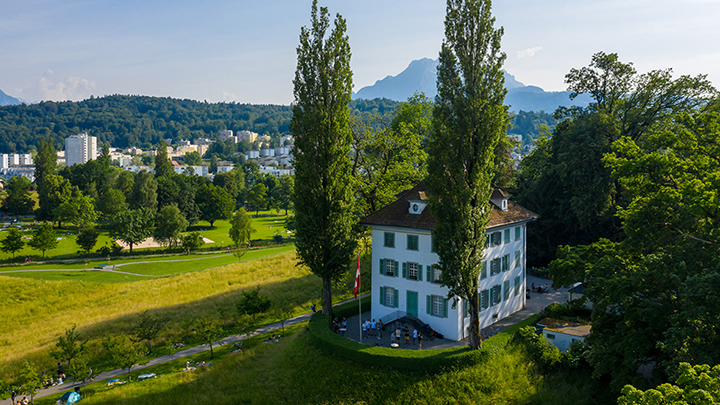
Given this link between the composer and the city, Concerto Köln and the Dresden Festival Orchestra’s performance was extra special, the last performance of a multi-city tour which premiered in Prague in March and included Köln, Dresden, Hamburg, and Amsterdam. The initiative developed after Kent Nagano and Concerto Köln performed Das Rheingold in November 2021. The Dresdner Musikfestspiele, directed by Jan Vogler, then produced this new “The Wagner Cycles” project, tackling the whole tetralogy from 2023 until 2026. Requiring several years of preparation including historical research, vocal coaching, and instrument building, this Ring cycle is an impressive feat.

Unlike more surface-level historically informed practice which has become the norm in early music ensembles, this project stands out in its surprisingly deep engagements with the ethical and practical challenges posed by “recreating” Wagner’s sound. The new Ring cycle examines the question of historical authenticity and offers new perspectives on the larger-than-life composer, all while cautioning that such an approach is certainly not the only or most correct way in approaching the operas. As Richard Taruskin explained in Text and Act, “historical reconstructionist performances […] are quintessentially modern performances.” The project is aware of such caveat, using it as an opportunity to reassess Wagner’s legacy in the present-day.
While any staging of the tetralogy is already a mammoth financial and logistical undertaking, the two orchestras—together with a large team of researchers led by Dr. Kai Hinrich Müller—heighten the stakes through their use of period instruments and techniques. As the project website states, the performances provide not only a comprehensive engagement with Wagner’s musical vision, but also take a deeper look at the ideas that informed it.
This Ring cycle has supplemented its performances with lectures and temporary exhibits which traveled to most of the concerts. A display in the lobby of the KKL Luzern not only explained the historical performance practice used, but also Wagner’s own philosophy behind his music and how Die Walküre was received by critics and audiences at the time. For example, it mentioned how Dr. Friederike Wissmann conducted workshops on understanding Wagner’s treatment of women and the ideology presented through the characters of Brünnhilde and Sieglinde. By contrast, while the renovated Tribschen seeks to closely recreate Wagner’s life in Switzerland, the new exhibit at the Richard Wagner Museum does not necessarily dig deeper into what made Wagner revolutionary and controversial. The display case in Wagner’s former study shows a copy of the infamous “Judaism in Music” alongside other essays on Beethoven and conducting, yet it provides little context.
The historically informed performance was multifaceted: tuning to the 19th century-standard 435 Hz rather than the modern 440 Hz, a strong focus on clear diction and enunciation of punctuation, and reconstructed mid-1800s instruments. From the very first notes, conductor Kent Nagano and his orchestra demonstrated the differences to the modern Wagner sound through an overall darker, leaner sound. Aided by a brisk tempo, the grumbling double basses’ gut strings sounded subdued yet menacing. The solo cello in the first scene showcased how a surprisingly minimal vibrato can still have a strong emotional impact while the oboe, English horn, and bass clarinet stood out in their clarity throughout the performance. The lyrical melody played by the strings in the final “magic fire music” used noticeable portamenti, and the overall softer sound allowed the six harps to shine in the closing bars. Once again, Nagano chose not to linger in lugubrious sentimentality and led the final bars at a quick pace, wrapping up the evening in (only) 4.5 hours.
Yet, even with an overall softer sound, the orchestra could still let rip in the dramatic moments. The trombones were particularly thunderous painting Wotan’s rage in Act III and the trumpets relished the sword Nothung’s calls in Act II. While the “ride of the Valkyries” was perhaps not as ear-splitting as in Apocalypse Now, it was still a spectacle when the eight sisters entered down the auditorium aisles, using period-accurate megaphones to project their voices.
The concert hall setting can nevertheless prove especially challenging for Wagner’s work in terms of keeping the singers and orchestra balanced. Sarah Wegener’s Sieglinde and Claude Eichenberger’s Fricka were almost pushed to their limits with the force of the orchestra behind them. Maximilian Schmitt also had a lighter voice, but sung a sensitive portrayal of Siegmund, while Patrick Zielke provided a menacing Hunding. Even on period instruments, the brass’s ability to blast through the music meant that Nagano had to frequently implore them to play softer without losing intensity to avoid drowning out the singers.
As a concert staging, one obvious aspect of recreating Wagner’s operatic vision that was missing was the Gesamtkunstwerk, the total work of art incorporating theater, text, music, and visual imagery. Yet even without a theater stage and full costumes, the performance featured subtle, smart acting. None of the singers read from scores and all seemed to relish a certain amount of theatricality in their performances. Simon Bailey’s Wotan especially shone in this aspect, wearing an eyepatch and carrying a spear—two things rarely seen nowadays in the European Regietheater landscape. He dramatically fell to the ground while recounting to Brünnhilde the story of the cursed Rheingold, startling a few audience members. In act one, Schmitt and Wegener stood on opposite sides of the conductor’s podium for all of Act I, until in the final swells when they reached out for each other. Åsa Jäger’s Brünnhilde employed a more restrained acting style, glaring furiously at Bailey and Schmitt. At the end of Act II, Hunding and Siegmund stood on opposite sides of the choir seats, accompanied by a period accurate steerhorn (a bugle made from cow horn).

Diction and punctuation were also a key part of the historical performance practice. Several times throughout the work, the singers stressed the ends of phrases, like Sieglinde’s “laß mich der Stimme lauschen: mich dünkt, ihren Klang hört’ ich als Kind” and Wotan’s “Auf geb’ ich mein Werk; nur Eines will ich noch: das Ende, das Ende!” Such declamation meant the listener could appreciate more these key words that play important roles in rest of the Niebelung saga. Like the minimal but smart staging, this performance practice allowed the music and text to really speak for themselves in a way often lost in recent infamous Ring cycles like Dimitri Tcherniakov’s at the Staatsoper Berlin or Valentin Schwarz’s in Bayreuth.
In his essay “What is Art?”, Leo Tolstoy famously provided a damning assessment of the Ring cycle: “all this is so stupid, and such a cheap show that one only marvels how people of more than seven years of age can seriously attend such a performance; but thousands of quasi-cultivate people sit and listen attentively, and look, and are delighted.” Even in the concert hall, Wagner’s music had a similar intoxicating effect which had so irritated the Russian author. In a less polemical way, this project’s rigorous research seeks to reconstruct both the appeal and problems which captivated audiences 150 years ago. The performances are being filmed and recorded; Siegfried in 2025 and Götterdämmerung in 2026 are not to be missed. This is a milestone project and an informative effort to critically reassess the revolutionary aspects of Wagner’s music.
Photos: Patrick Hürlimann / Lucerne Festival and Elmar Bossar
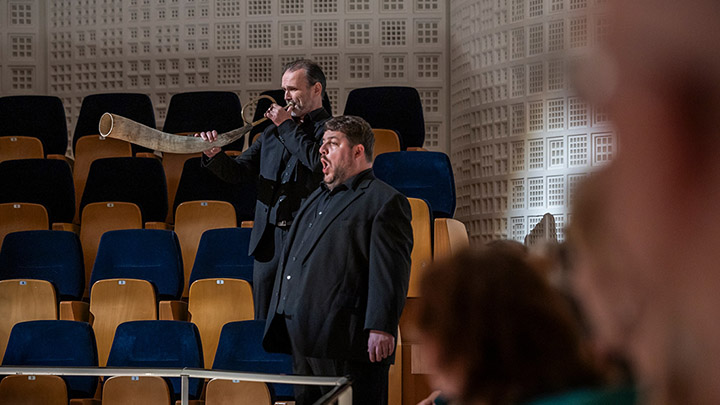
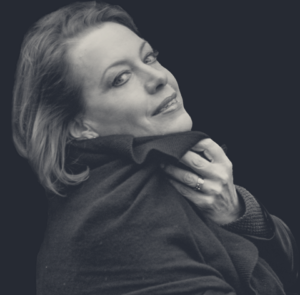
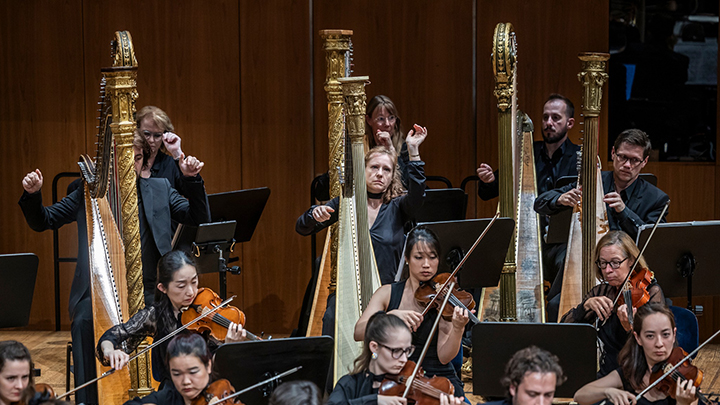
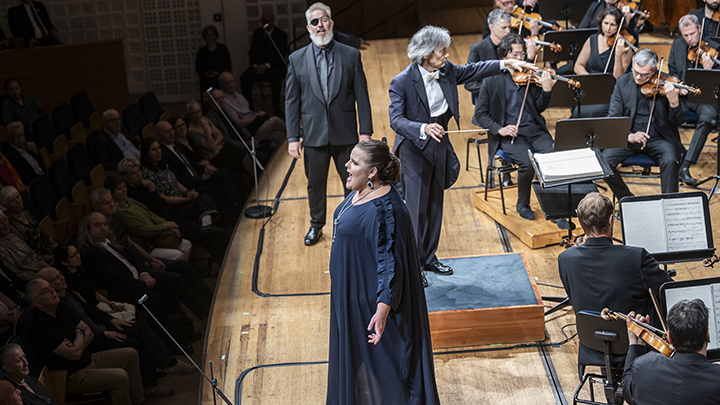
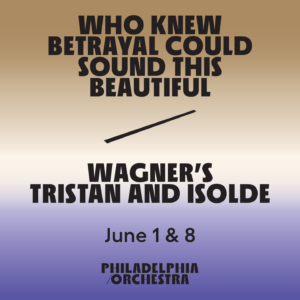
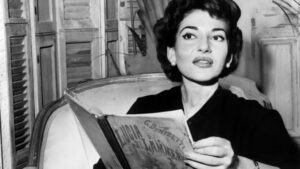
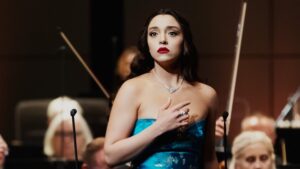


Comments